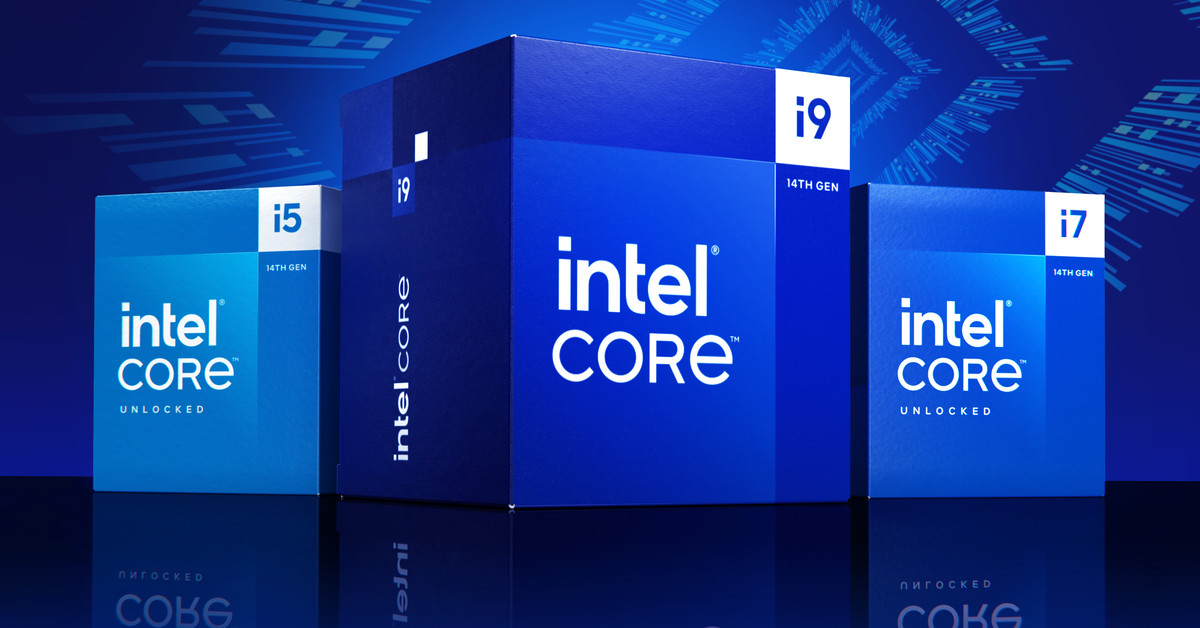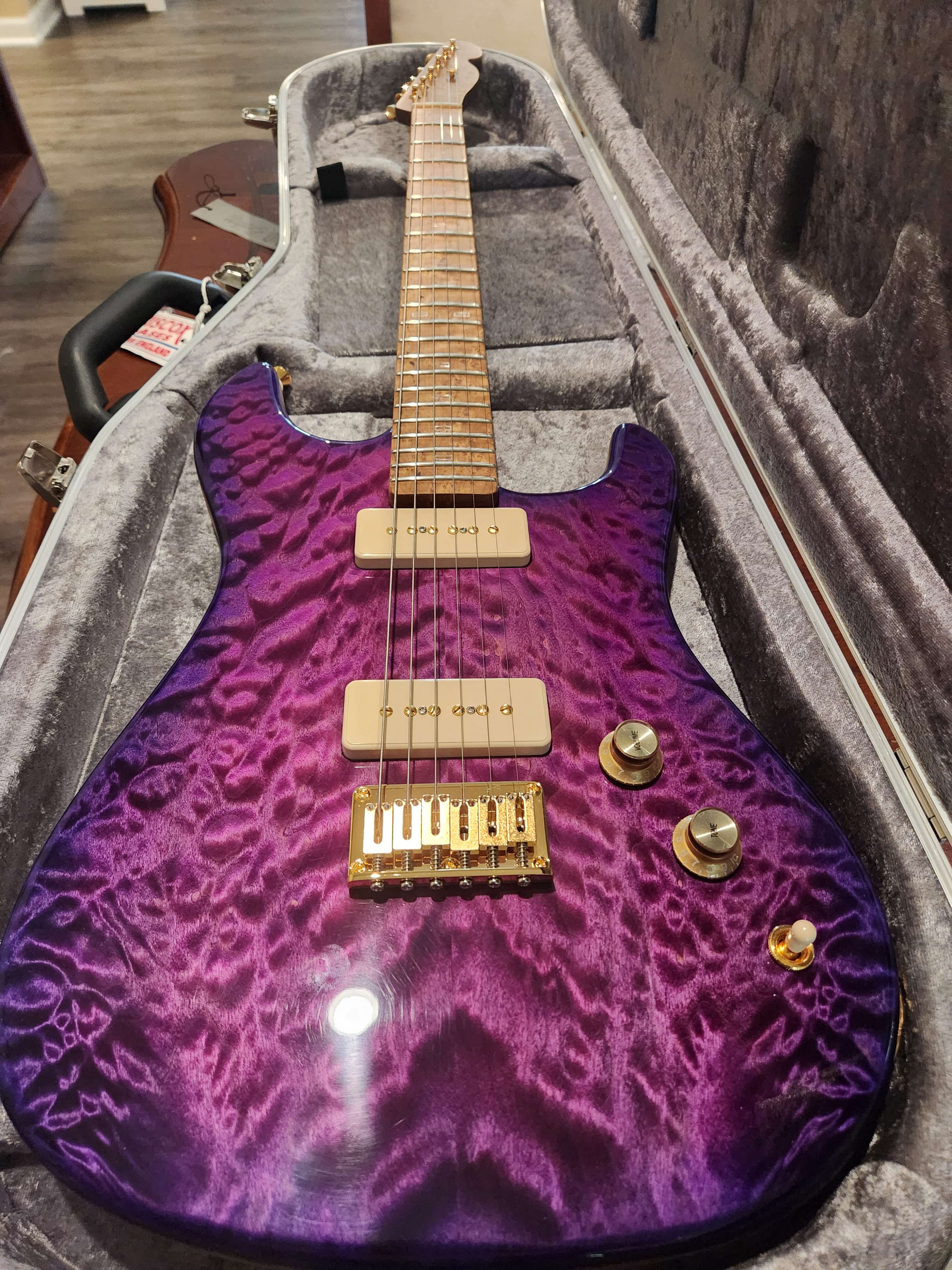Buy our new stuff. Promise we didn’t fake numbers this time and/or make new security vulnerabilities.
deleted by creator
System76 make linux-based computers, and they specifically ship them with the IME disabled. I know that’s not exactly what you ask for, but it’s similar in nature
What’s the downside of having it disabled?
deleted by creator
To the average user: literally nothing.
deleted by creator
Promise we didn’t fake numbers
That’s why you wait for reviews, marketing numbers will always be pumped up
Comes with a free space heater too. Neat.
Remember when CPU’s / GPU’s had clockspeeds that didn’t include “up to”
I understand why it’s better net performance doing it this way and better uses the whole potential performance of the chip.
That still doesn’t make me like it, not because of the technical reasons, but because of the way they twist the marketing, it could hit 6ghz for 1 microsecond and they could still claim #nowupto6ghz!
Tell me the base clock, not the “up to… when powered by a fusion reactor” value.
This is the best summary I could come up with:
Intel is launching its 14th Gen desktop processors this week, promising boost frequencies of 6GHz out of the box for its flagship Core i9-14900K.
Known as Raptor Lake Refresh, Intel is maintaining pricing for its 14th Gen Core i9, i7, and i5 processors this year, sticking to the same retail pricing as the 13th Gen when these new chips launch on October 17th.
The 6GHz boost on the new Core i9-14900K makes it the “fastest desktop processor at volume,” according to Intel, referring to its special-edition 13900KS that first broke the 6GHz barrier at stock speeds last year but didn’t ship at volume.
These added efficiency cores should help with creator tasks and even gaming performance for titles that take advantage of multithreading.
Intel has some favorable benchmarks against AMD’s Ryzen 9 7950X and even its own previous Core i7 chips for creator tasks, but we’ll have to wait and see how this new Core i7-14700K compares to AMD’s impressive 7800X3D chip for gaming benchmarks.
Intel is also supporting DDR5 5600 and DDR4 3200 memory speeds with its 14th Gen chips.
The original article contains 458 words, the summary contains 181 words. Saved 60%. I’m a bot and I’m open source!
I remember 20 years ago already seeing 3ghz CPUs, isn’t technology supposed to improve fast?
I remember when chips first hit 1GHz around 1999. Tech magazines were claiming that we’d hit 7GHz in 5 years.
What they failed to predict is that you start running into major heat issues if you try to go past ~3GHz. Which is why CPU manufacturers started focusing on other ways to improve performance, such as multiple cores and better memory management.
Just use the heat to power the machine.
Yeah, that’s how it works.
And it has. The phone you have is faster than the 3GHz chip back then. A phone powered by a battery. And faster by like 20 times.
My dad had one of the first consumer 3GHz chips available. By the time I inherited it in 2009 it was completely outclassed by a <2GHz dual-core laptop.
That would’ve been a single 3ghz cpu core. Now we have dozens in one chip. Also, the instruction sets and microcode has gotten way better since then as well.
Clock speed isn’t improving that quickly anymore. Other aspects, such as more optimized power consumption, memory speeds, cache sized, less cycle-demanding operations, more cores have been improving faster instead.
We’re running into hard physical limits now, the transistors in each chip are so small that any smaller and they’d start running into quantumn effects that would render them unreliable.
Winter is coming. Time to buy a space heater
or an amd rig
For when you want to sleep in sub zero temps!
I thought Intel was dropping the K9 branding and skipping desktop chips for 14th Gen…
The real question to me is does it come with Microsoft Pluton or not?









